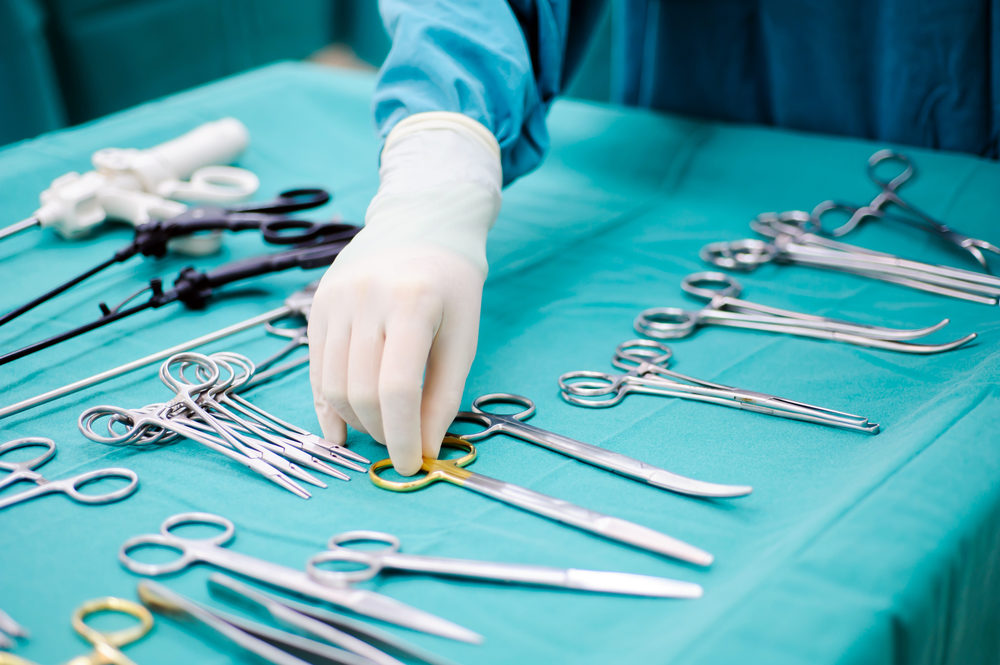New Report Details Path To Better Medical Device Postmarketing Surveillance

Federal regulators and a national healthcare think-tank have released a new report that lays out plans for improving the surveillance of medical devices after they are implanted in the United States, which is intended to help detect problems and safety issues sooner.
Since 2012, the FDA has been pushing for a modernization of its post-marketing surveillance system, which involves monitoring devices already on the market for signs of adverse events and design defects.
A recent report (PDF) issued by the FDA and the Brookings Institution’s Engelberg Center for Health Care Reform lays out the thought processes, challenges and guidelines to help achieve that modernization, which is being referred to as the National Medical Device Postmarket Surveillance System (MDS).

Did You Know?
Millions of Philips CPAP Machines Recalled
Philips DreamStation, CPAP and BiPAP machines sold in recent years may pose a risk of cancer, lung damage and other injuries.
Learn MoreJeffery Shuren, director of the FDA Center for Devices and Radiological Health, announced the report’s findings in an FDA blog on February 23.
“The report provides a pathway to realizing a national system that harnesses novel data sources, modern analytical techniques and the participation of all stakeholders to optimize patient care,” Shuren said in his blog. “Interested stakeholders will be able to share their feedback on the report through a public docket.”
The modernization is looked at as a key to addressing numerous medical device recalls over recent years due to devices that were put into circulation without significant pre-market testing. Many such devices, approved through the FDA’s 510(k) fast-track approval program, have been linked to massive recalls and health care concerns, including metal-on-metal hip replacement failures and power morcellator cancer risks.
Previously, the FDA has said that creating a system to prevent such incidents will involve five major parts.
- Creating a planning board to create policies and procedures needed to create the MDS
- The creation of a unique device identification system to track medical devices
- Promotion of the development of national and international medical device registries
- Revamping and modernizing the adverse event reporting system
- Developing new methods of evidence generation, synthesis and appraisal
“This system should be a component of the emerging national health information infrastructure. It should minimize burden by using data captured as an integral part of care to efficiently generate meaningful and reliable information about medical devices,” the report states. “The system needs to be driven by the need to improve public health and patient care.”
In July, the FDA finalized guidance on the creation of a Global Unique Device Identification Database (GUDID), following the issuance of a final rule on the unique device identifier (UDI) program issued in September 2013.
The FDA intends to phase in the UDI system, starting with high-risk devices. However, some low-risk medical devices will be partially or fully exempt. The agency first proposed the rule in July 2012.
In the past, the U.S. public often had to wait for problems to be noticed, since adverse event reports were not consistently tracked and the manufacturer was largely responsible for identifying issues after medical devices were introduced. The first warnings about problems with medical devices frequently came from oversees, since Australia and the U.K. have extensive databases for medical devices hip replacement systems and knee implants.
Get more articles like this sent directly to your inbox.
"*" indicates required fields






0 Comments